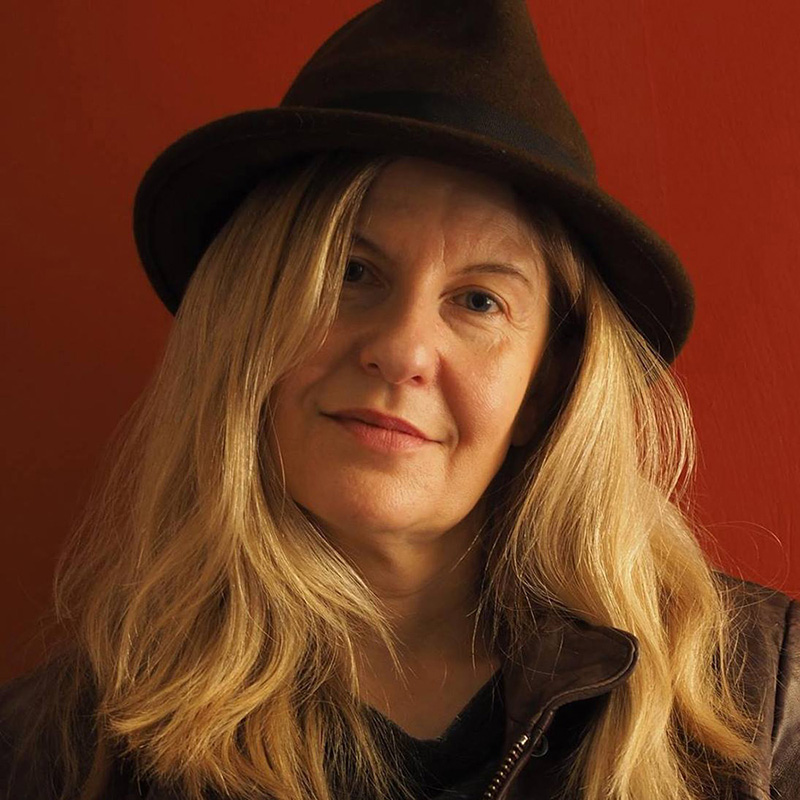Joanna Madloch was born in Poland and moved to the United States in her thirties. A professor of literature, twenty years ago she dedicated herself to photography. She combines her interests in mythology, literature, and photography through writing a book about the photographer as an archetypal trickster.
Artist Statement
"I grew up in Soviet-occupied Poland. Among numerous restrictions imposed by the autocratic government on its citizens, the one I remember most vividly is an image depicting a crossed-out camera. There were “No Photography” signs on railroad crossings, on the gate to the factory where my parents worked, even near my school. I always wondered what kind of power the little machine possessed that it made the seemingly omnipotent authorities so afraid.
I got my answers when I first looked through the viewfinder of a little Smena (appropriately, the name of this camera means ‘the change’). The world observed through the tiny frame appeared different -- more real and magical at the same time. Straight away, I got hooked. While for a long time it was impossible for me to own a camera, I practiced mental photography by framing the world with my hands.
Now, with my camera in hand, I see myself as a flaneur with a superpower. Like a mythological trickster, I balance between different worlds, uncover visual association, and construct semantic links. My little Leica contains a portal to alternate realities. When the aperture opens, the gates between realities unlock, the boundaries get obscured, and the time/space continuum becomes irrelevant.
By releasing the shutter, I catch the pictorial manifestations of these phenomena. My photographs pay homage to our grounding in primeval stories and our connection to the collective mythical past. I photograph everyday streets, but my images reveal the multiplicity of meanings embedded in our visible reality. "
